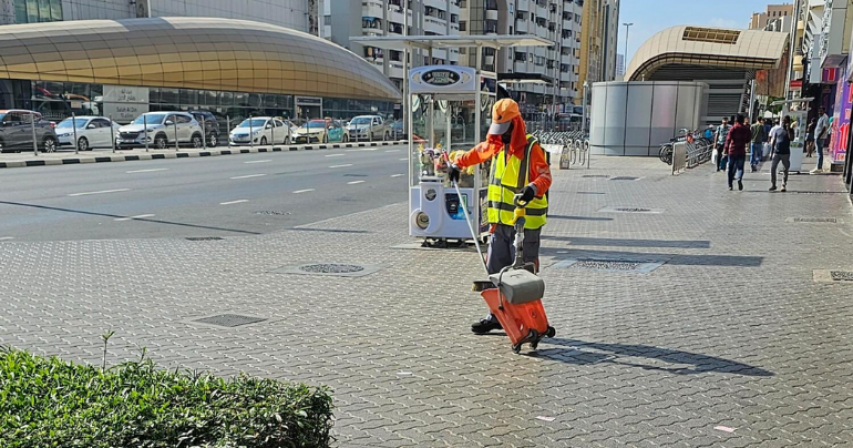Major Quakes and Tsunami Hit Central Japan, Thousands Without Power

Around 33,500 households were left without power in central Japan as a result of a series of major earthquakes, according to local utilities. The Japan Meteorological Agency reported a total of 21 quakes above 4.0 magnitudes, including a significant 7.5 magnitude earthquake that prompted a series of tsunami warnings. The first tsunami waves, some exceeding a meter in height, reached the north coast of central Japan after the seismic activity. Waves as high as 1.2 meters were observed at Wajima port in Ishikawa prefecture. The affected areas included Toyama, Ishikawa, and Niigata prefectures on the Sea of Japan side of Honshu, Japan's main island.
Several major highways were closed in the vicinity of the earthquake epicenter, and Shinkansen bullet train services were suspended between Tokyo and the epicenter in the Noto region of Ishikawa prefecture. The government reported no abnormalities after the earthquakes, stating, "It has been confirmed that there are no abnormalities at Shika nuclear power plant (in Ishikawa) and other stations as of now," according to government spokesman Yoshimasa Hayashi.
The Japan Meteorological Agency issued a tsunami warning after the 7.5 magnitude earthquake, the first of such warnings since the devastating 2011 earthquake and tsunami. However, the agency later downgraded the warning to an advisory. The series of earthquakes and subsequent tsunami waves prompted the closure of highways and suspension of train services, causing disruptions in the affected regions.
The affected areas, Toyama, Ishikawa, and Niigata prefectures, experienced power outages, impacting approximately 33,500 households. Utility companies worked to restore power as quickly as possible. The government assured that no abnormalities were reported at the Shika nuclear power plant and other stations.
In addition to power outages, the earthquakes led to the closure of major highways and the suspension of Shinkansen bullet train services between Tokyo and the Noto region in Ishikawa prefecture. The closures and suspensions were precautionary measures to ensure the safety of residents and travelers in the affected regions.
The seismic activity also caused cracks in the ground in Wajima, Ishikawa prefecture, as seen in photos from the aftermath. The Japan Meteorological Agency reported a total of 21 earthquakes above 4.0 magnitudes, indicating a significant level of seismic activity in the region.
While the government and local authorities took prompt action to address the immediate impacts of the earthquakes, ongoing assessments and safety measures were implemented to monitor any potential aftershocks or related risks. The affected regions remained vigilant, with authorities providing updates and guidance to the residents in the aftermath of the seismic events.
For More Related Updates Please Visit Our Official Website
By- Sahiba Suri






Comments